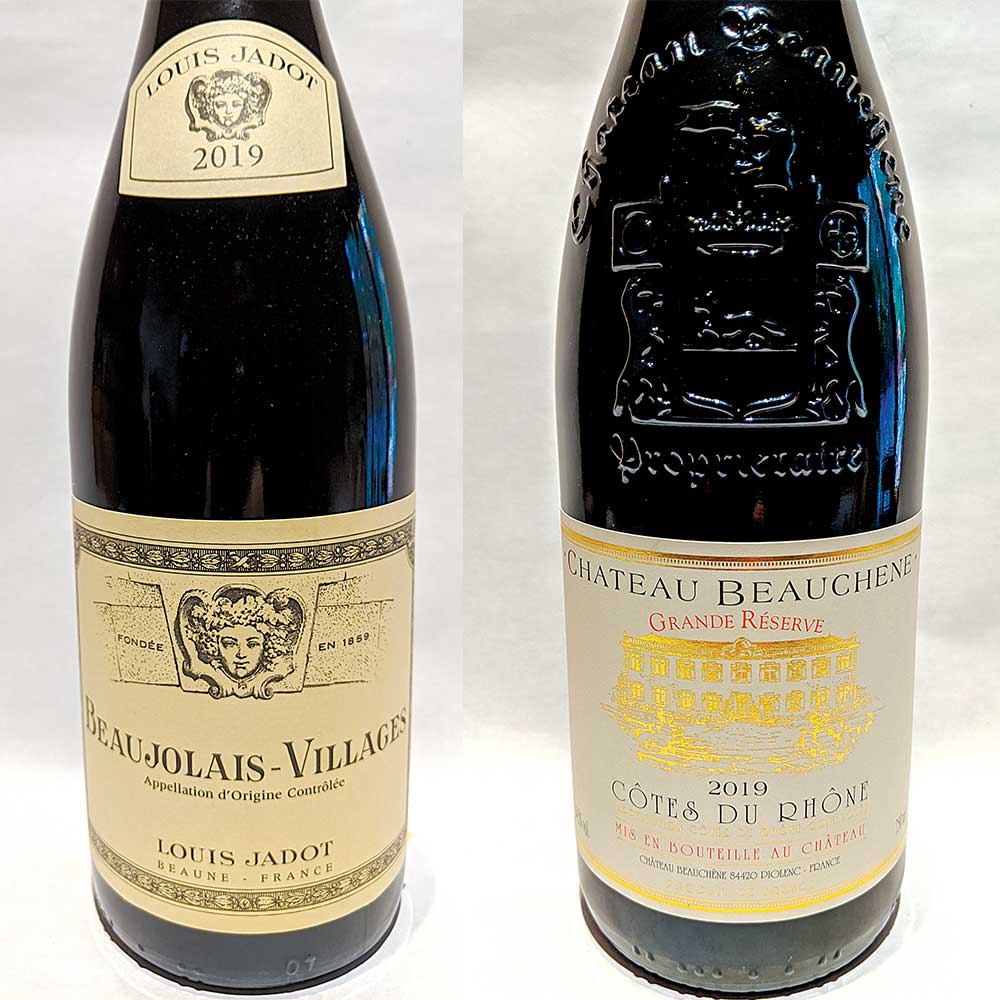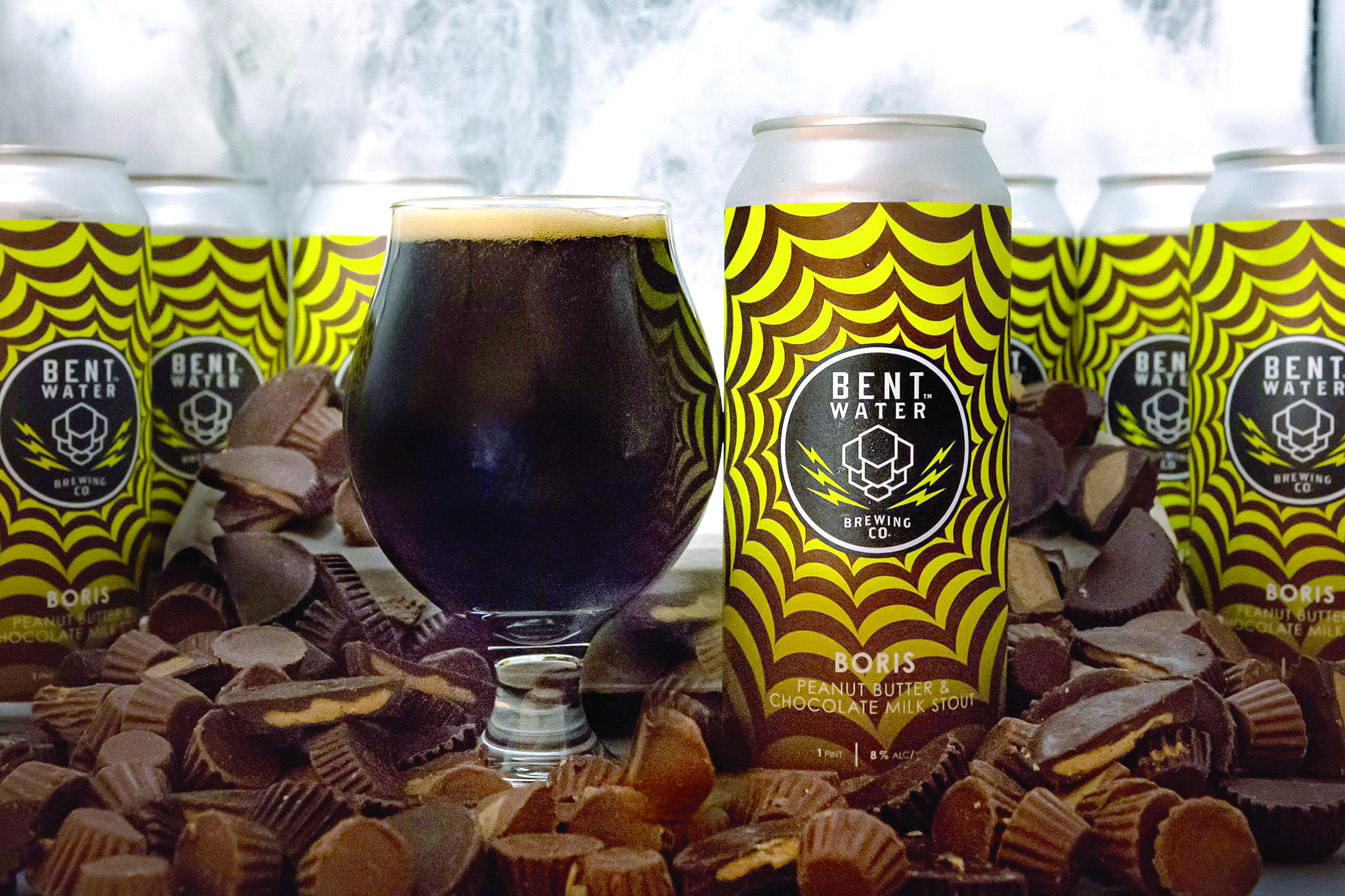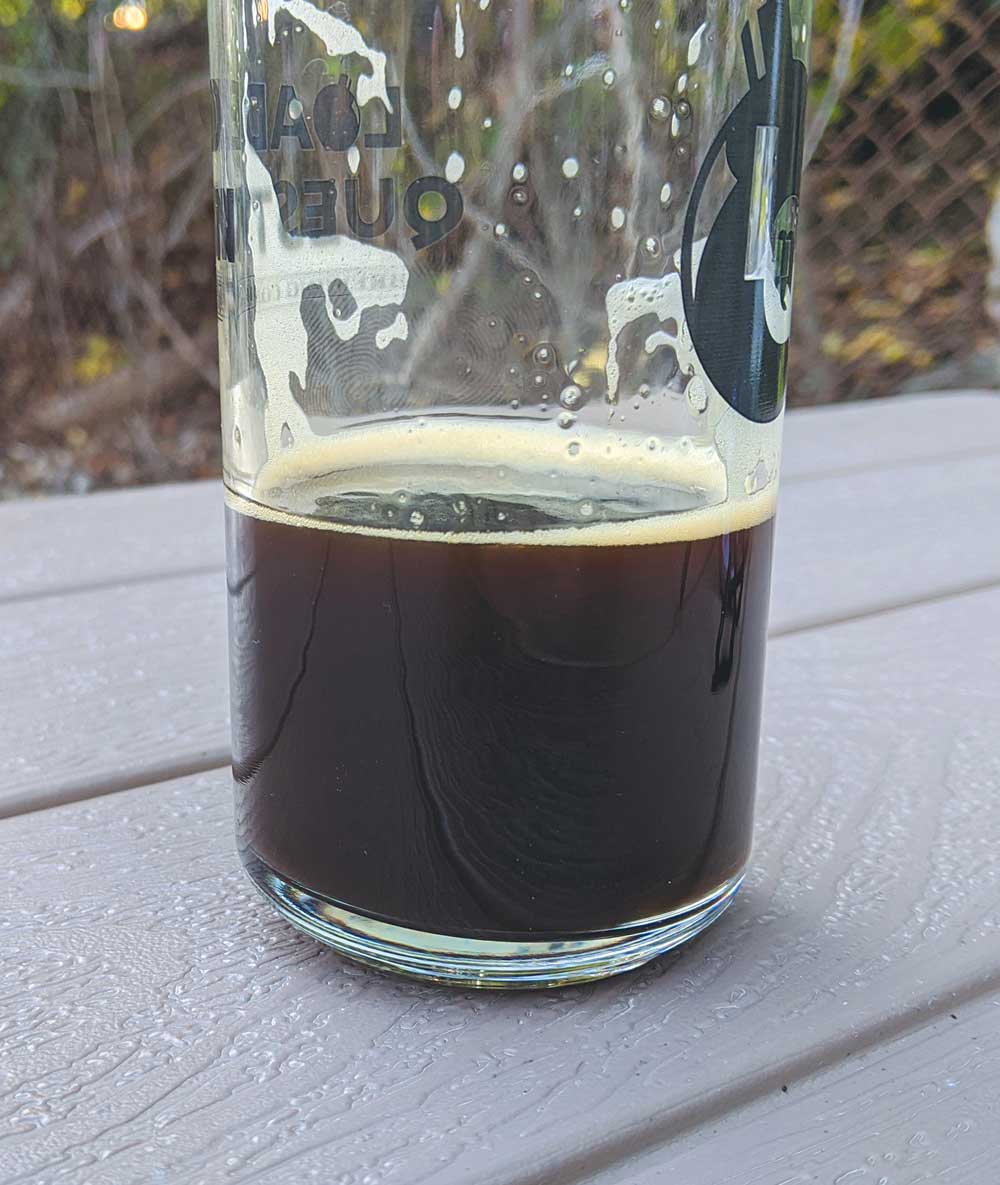A look at two very different wines
France is unarguably and immediately associated with food and superbly diverse beverages. It is the third largest country in Europe, surpassed only by Russia and Ukraine, and it has a climate as broad as its size. From the mountainous Alps, where the Rhône River originates, to the low flat countryside abutting Belgium where beer is the preferred beverage, to the cool air along the shores of Normandy, with its orchards producing Cidre de Normandie, and to the warm tropical sun of the Mediterranean, where hearty red wines abound, there are 307 wine designations (called AOP or Appellation d’Origine Protégée) and each can allow for several different types of wine (red, rosé, sparkling, etc.). When you put it all into perspective, France delivers approximately 2,900 different wines, not considering the many thousands of wineries.
So it comes as no surprise we can sample two very different wines that hail from the central region of France in Burgundy and the warm climate of the lower Rhone River valley, wines made from grapes grown a little more than 200 miles apart.
Our first wine is light and bright and hails from Beaune in the southern reaches of Burgundy. Louis Jadot 2019 Beaujolais-Villages (priced at $12.99 at the New Hampshire Liquor & Wine Outlets) is a wine from the region that is known for its pinot noirs. However, this is a wine made exclusively from the gamay grape. Beaujolais are among the wines with lower alcoholic content at 13 percent and became popular decades ago as a selection in the bistros of Paris. This wine can be considered a “middle ground” between Beaujolais Nouveau, which must be consumed within a year of its vinification, and Beaujolais Cru, made from superior grapes to cellar for a few years.
Louis Jadot, founded in 1859, produces its Beaujolais by adding grapes from 10 famed Beaujolais Cru villages of a total of 38 villages about the walled town of Beaune in the Cote d’Or region of Burgundy. The area’s granite and sandy subsoils contain a high percentage of manganese, which produces an especially deep and rich expression of gamay. The wine has a fruit-forward aroma of strawberries and black cherries that carries through on the tongue. It is medium-bodied with a fresh, juicy character, with good weight to the palate. This is a young wine and should be drunk within five years of bottling.
Traveling just a little over 200 miles south along two of France’s major arteries, A6 and A7, linking Paris to Lyon, and farther along at Orange, known as the autoroutes du Soleil (Motorways of the Sun), we find ourselves not 40 miles from the Mediterranean coast. Château Beauchêne Côtes du Rhône Grande Réserve 2019 (priced at $13.99 at the New Hampshire Liquor & Wine Outlets) is a wine rich in history, variety and complexity.
Owned by Michel Bernard, Chateau Beauchene is in Piolenc, four miles north of Orange. His family has been here since the 17th century as tenant farmers who profited from the social upheavals of the French Revolution, purchasing their first vineyard in 1794. Today the Chateau is the home of the winemaking and cultivation of the family’s vineyards, now accounting for almost 175 acres. Chateau Beauchene produces four white and rose wines, three Châteauneuf-du-Pape Rouge wines and four Côtes du Rhône Rouge Wines. This Côtes du Rhône is a complex blend of 30 percent grenache, 35 percent syrah, 23 percent mourvèdre, 8 percent marselen, and 4 percent carignon, with an alcoholic content of 14.5 percent. It has an intense garnet red color and a nose of red, ripe plums and black currant, along with a hint of spice. Subtle tannins accompany the long finish. This is not a sipping wine but one to be enjoyed with beef carpaccio, lamb or hearty cheeses. Like the Beaujolais, this wine is to be drunk within five years.
These two young wines, generated about 200 miles apart, have extremely different styles, color, nose and taste. The Beaujolais can be sipped in the afternoon, while the Côtes du Rhône can be enjoyed later in the day, alongside a hearty dinner. The differences are immediately recognizable and are to be enjoyed.






